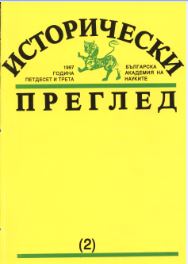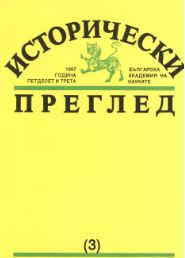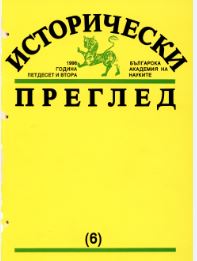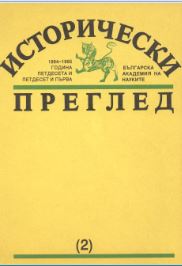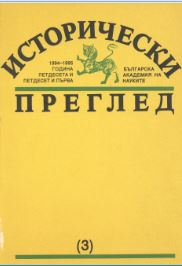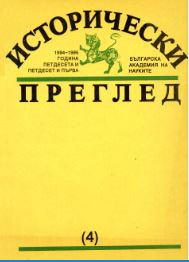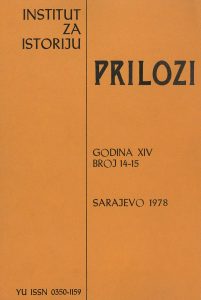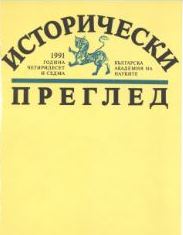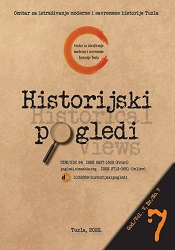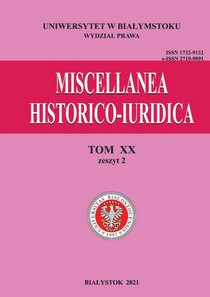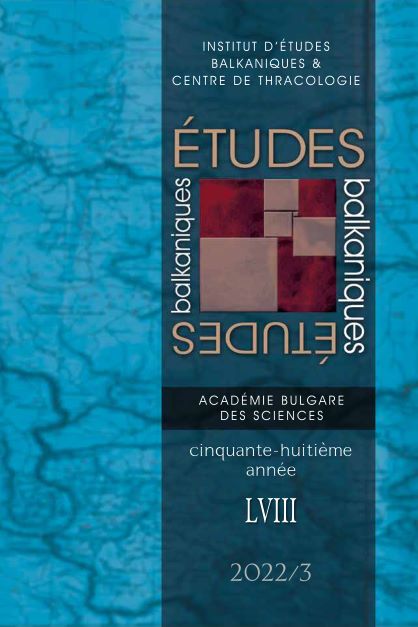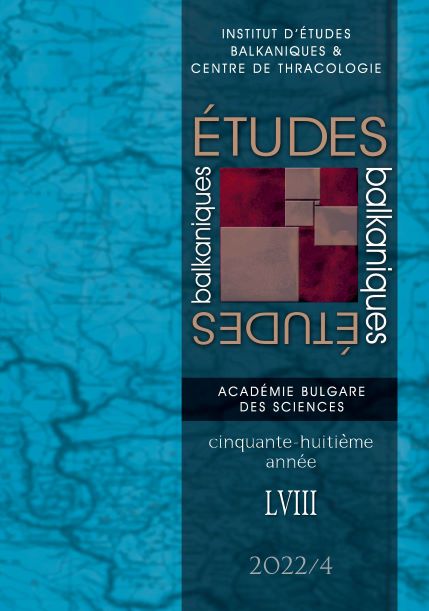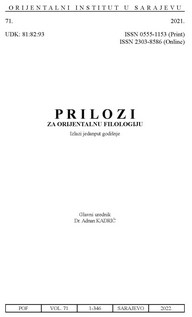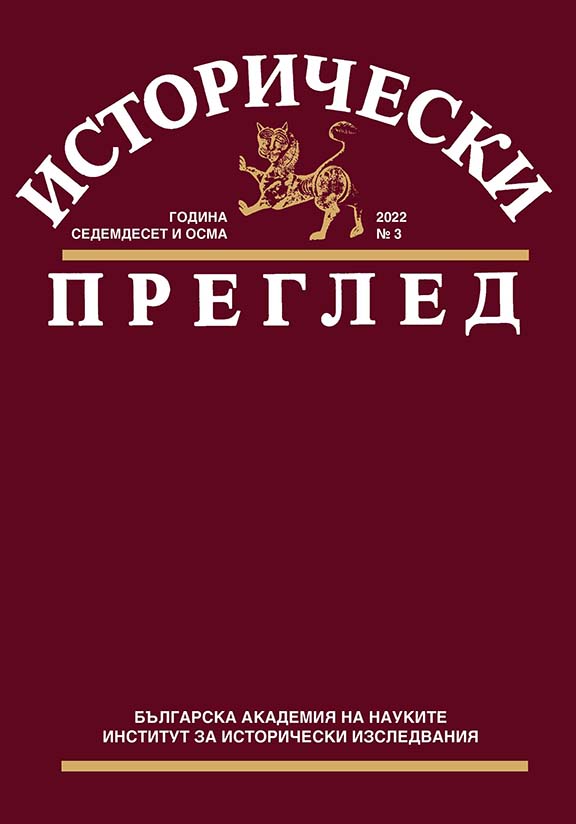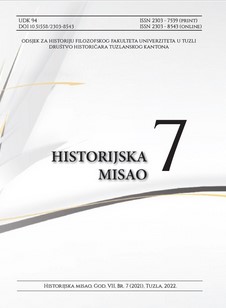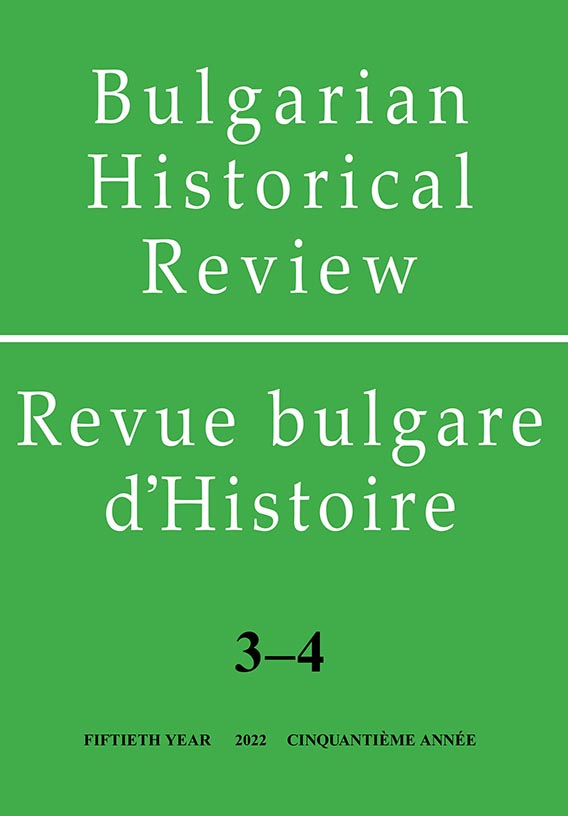Author(s): Enes Pelidija,Boris Nilević,Milka Zdraveva,Vera Ilić,Nusret Šehić,Ilijas Hadžibegović,Budimir Miličić,Slobodan Branković,Drago Borovčanin,Behija Zlatar,Miralem Arslanagić / Language(s): Bosnian
Issue: 14-15/1978
Reviews of:
Radovan Samardžić, “Sulejman i Rokselana”, Srpska književna zadruga, kolo LXIX, knjiga 463, Beograd 1976, str. 691;
Zdravko Kajmaković, Georgije Mitrojanović, »Veselin Masleša«, Biblioteka: »Kulturno nasljeđe«, Sarajevo 1977, str. 406;
Aleksandar Matkovski, “Kreposništvoto vo Makedonija vo vreme na turskoto vladeenje. – Le servage en Macédoine pendant la domination turque”. Izd. Institut za nacionalna istorija, Skopje 1978, str. 411;
Galib Šljivo, “Klek i Sutorina u međunarodnim odnosima 1815-1878”, Filozofski fakultet u Beogradu, Beograd 1977. godine;
Mitar Papić, “Istorija srpskih škola u Bosni i Hercegovini”, IP »Veselin Masleša«, Bilblioteka »Kulturno nasljeđe«, Sarajevo 1978, str. 191;
Enver Redžić, “Austromarksizam i jugoslavensko pitanje”, Institut za savremenu istoriju, IP »Narodna knjiga«, Beograd 1977, str. 497;
Ahmed Hadžirović, “Sindikalni pokret u Bosni i Hercegovini 1918 – 1941.” Izdanje Instituta za istoriju u Sarajevu i Izdavačke organizacije »Rad« u Beogradu, Beograd 1978, str. 501;
Zbornik dokumenata i podataka o narodnooslobodilačkom ratu naroda Jugoslavije, tom 12, knjiga, 3, Vojnoistorijski institut, Beograd 1978;
Branko Petranović i dr Čedomir Štrbac, “Istorija socijalističke Jugoslavije”, »Radnička štampa«, Beograd 1977, knjiga, I, II, III,;
Prilozi za orijentalnu filologiju XXV/1975, Orijentalni Institut, Sarajevo 1977; VI Jugoslovenski simpozijum o nastavi istorije, Banjaluka 1. 2. i 3. septembra, 1978. godine.
More...
